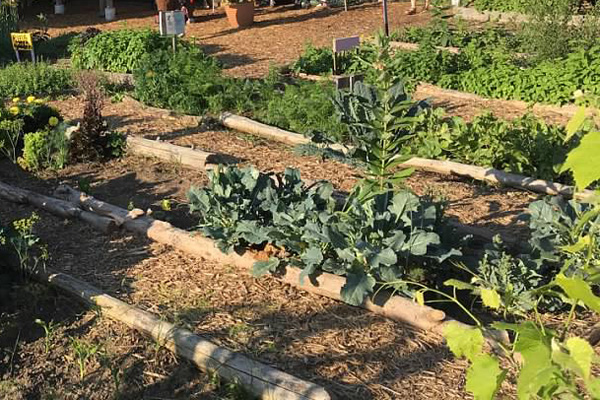Some Known Details About City Blooming
The Only Guide for City Blooming
Table of ContentsA Biased View of City Blooming9 Easy Facts About City Blooming ExplainedThe Single Strategy To Use For City BloomingWhat Does City Blooming Mean?About City Blooming
Interested in expanding food for sale in the City of Chicago? Below is a checklist of often asked questions pertaining to the policies and laws that farmers should take into consideration when planning a metropolitan agriculture task.
The zoning change does not change any other codes dealing with composting, structure authorizations, buying or leasing City owned property, service licenses or ecological contamination. There are existing codes that regulate these problems and they remain in complete result and might be appropriate to your task. Community gardens are generally owned or handled by public entities, public companies or community-based organizations and kept by volunteers.
Urban farms grow food that is meant to be sold, either on a nonprofit or for-profit basis. Due to their commercial objective, urban ranches call for a service certificate.
The Ultimate Guide To City Blooming
Composting is allowed however just for plant material that is created and used on site. The amount of compost material can not surpass 25 cubic lawns at any type of provided time according to the criteria in 7-28-715 of the City's Municipal Code. Yes. Because the soil at many new garden sites requires modifying, compost, soil, timber chips, or other products can be acquired to construct or improve the expanding area - balcony and patio garden design.

If a building permit is required then the hoophouse will certainly be considered an accessory building. You can discover even more about the structure authorization requirements by speaking to the Division of Structures. The 25,000-square-foot dimension limit is intended to avoid a single community yard from dominating a given block or diminishing the block's existing property or business character.
The limit does not put on gardens located in Public Open Room (POS) districts. Can there be greater than one community yard that is 25,000 square feet on a single block? Yes. The dimension limitation relates to specific gardens, not to private blocks. No. Secure fencing is not needed, however, yards that have huge parking lot navigate to this website may be required to set up fencing or other landscape design functions.
City Blooming - Questions
B1 & B2 districts need that all commercial usage tasks be performed inside your home. Is fence needed for city farms? Fencings might be needed, along with landscaping and screening, for certain parking locations and exterior job or storage locations depending on place and the particular task taking place.
Urban ranches require structure authorizations and zoning authorizations prior to building and construction (eco-friendly practices). Other kinds of city evaluation may be required depending on specific structures, tasks, dimension, landscape design, licensing, public heath and stormwater monitoring problems.
The Department of Business Matters and Customer Security can assist figure out the specific type of organization license that's needed. Off street parking is required for a lot of commercial projects in Chicago. The needed number of car park areas is based on the number of employees functioning on site and not the square footage of the expanding space.
Rumored Buzz on City Blooming

A metropolitan ranch can market garden compost product produced on site, nevertheless, the procedure must conform with the regulations in 7-28-715 of the Chicago Municipal Code. Aquaponic systems are permitted inside your home on urban farms in numerous zoning districts.
As much as 5 hives or swarms of honey might be maintained as an accessory usage. Beekeepers must register with the Illinois Division of Agriculture. For more details concerning the recommended zoning modification you might speak to the Division of Housing and Economic Growth, Bureau of Planning and Zoning at 312.744.8563.
Farming in cities and city areas A city farm in Chicago. Urban agriculture describes different methods of cultivating. https://soundcloud.com/cityblooming, processing, and distributing food in urban areas. The term likewise relates to the location tasks of animal husbandry, aquaculture, beekeeping, and gardening in an urban context. Urban agriculture is distinguished from peri-urban agriculture, which happens in country locations at the side of suburbs.
The Ultimate Guide To City Blooming
, that seek to develop social networks founded on a common values of nature and community holism. These networks can establish by way of official institutional support, becoming incorporated right into local community planning as a "shift community" activity for sustainable city advancement.
Some of the first evidence of urban agriculture comes from Mesopotamia.